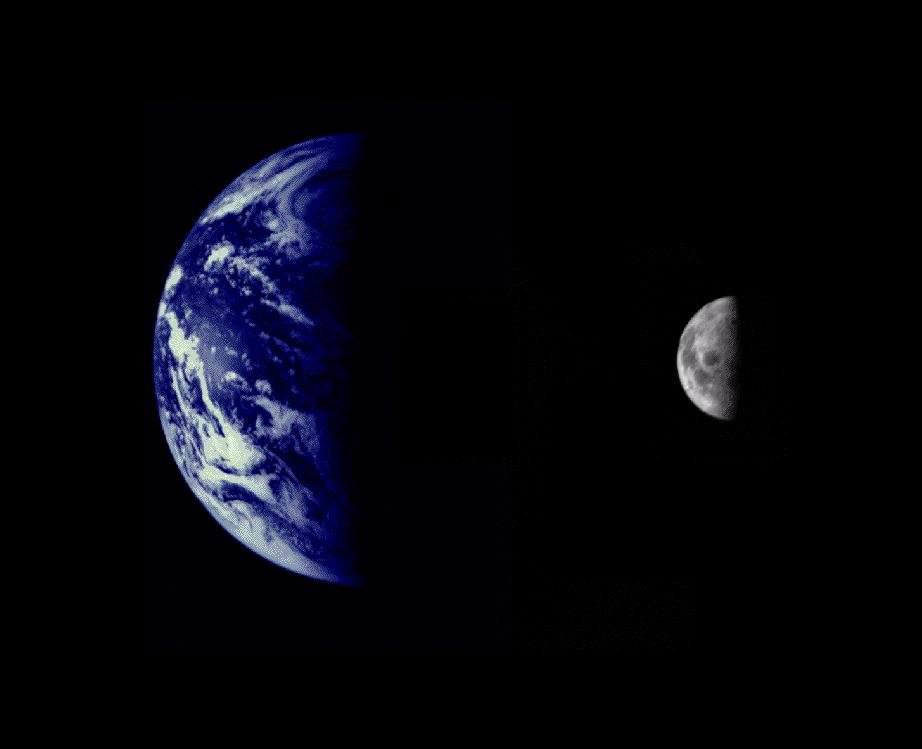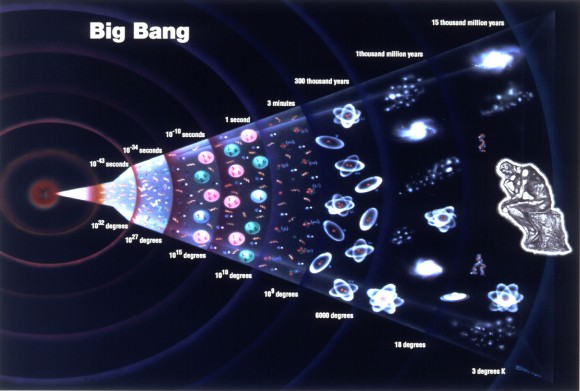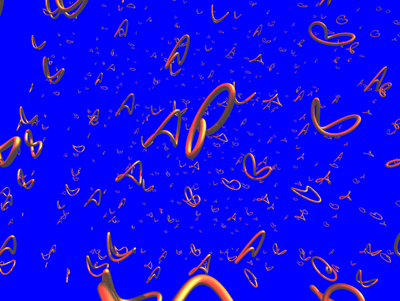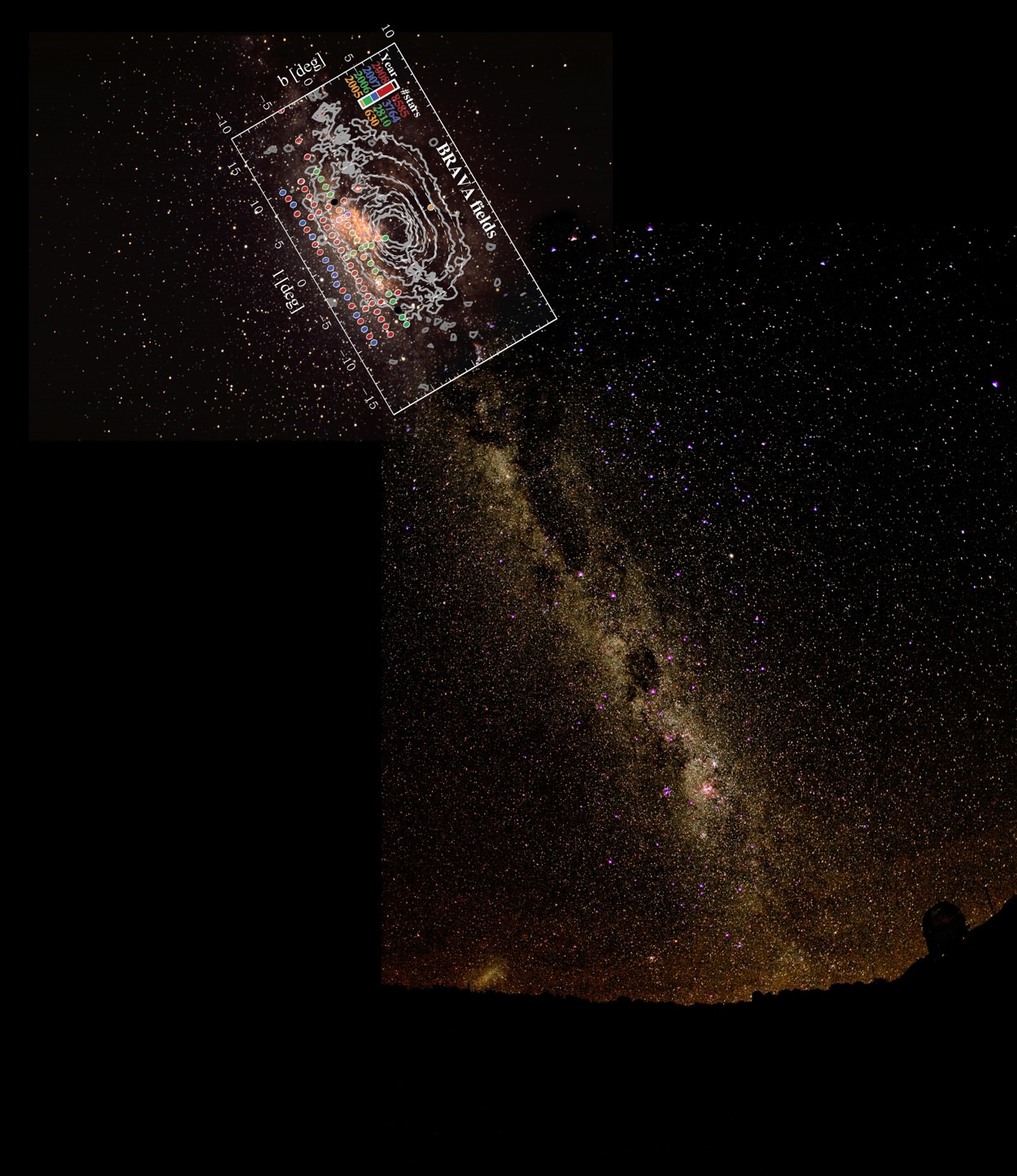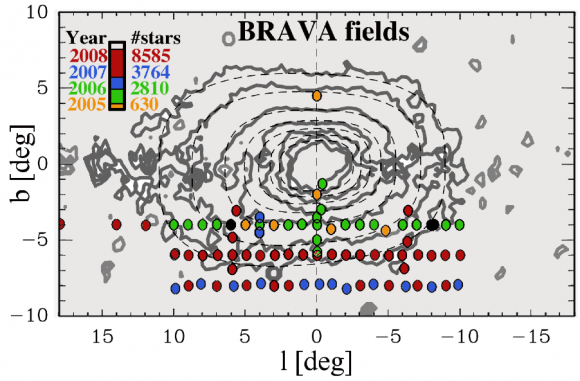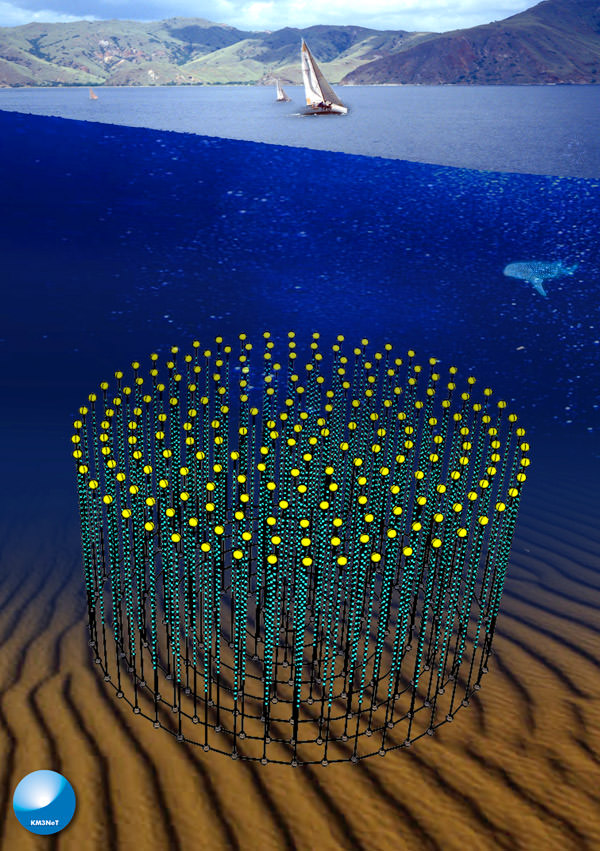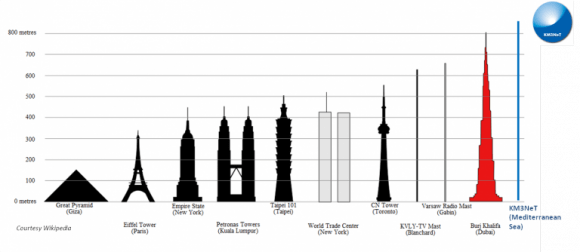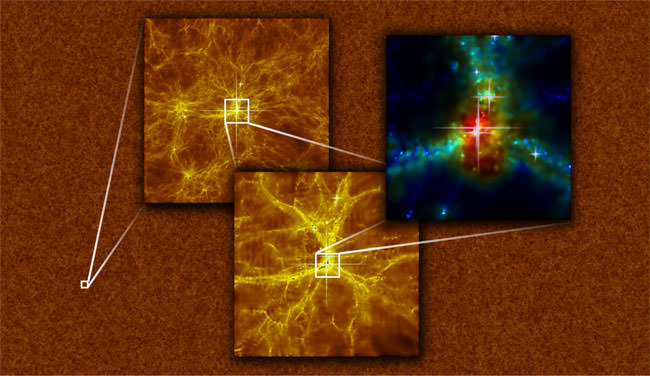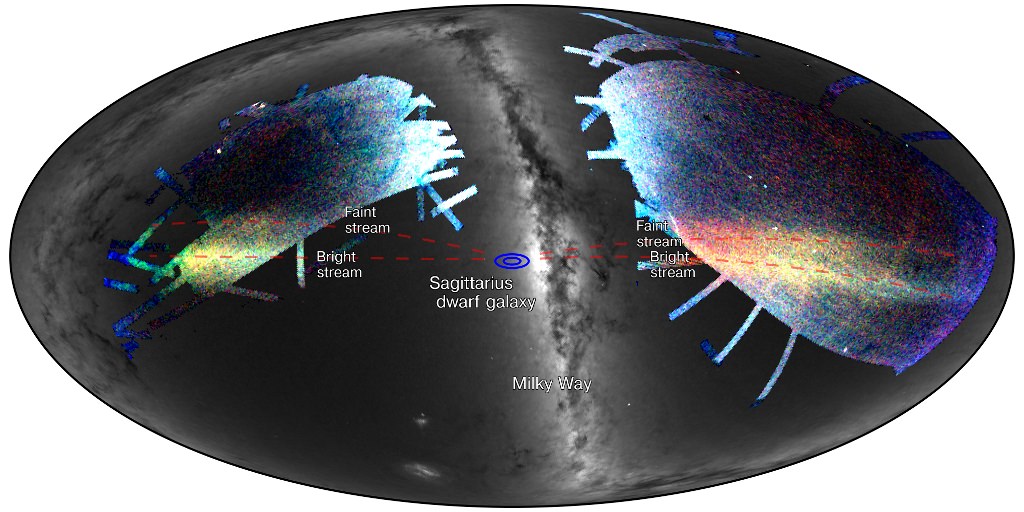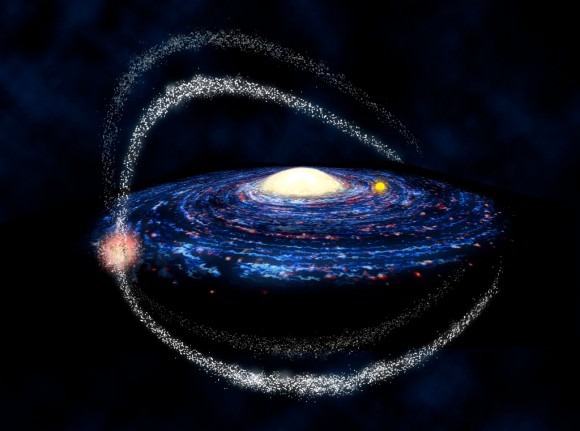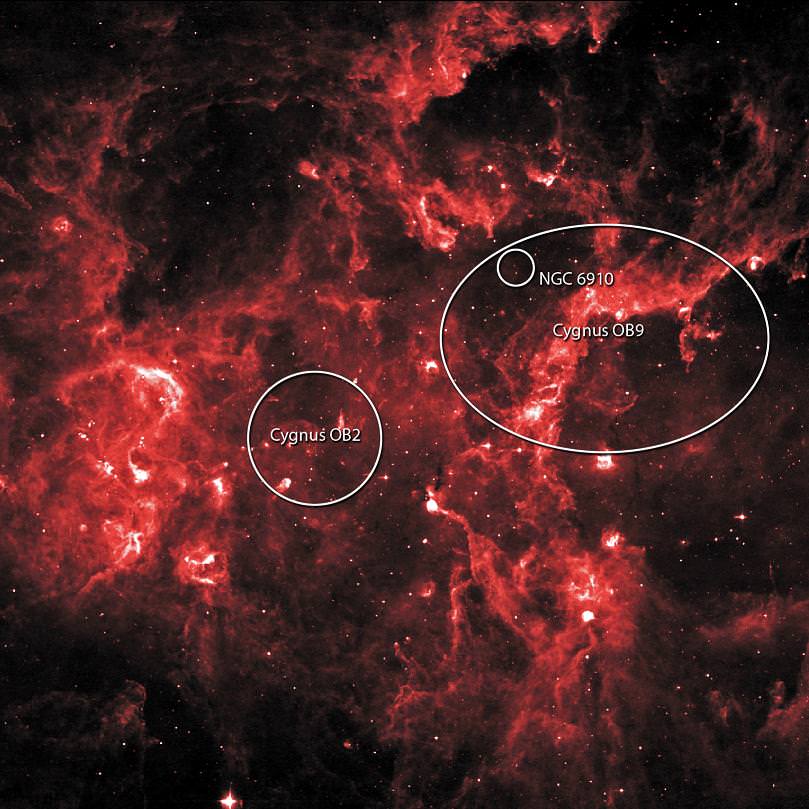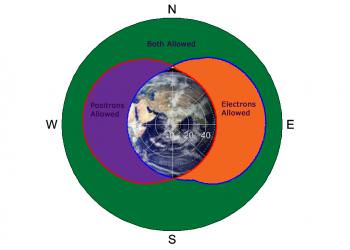The idea of an Earth with two moons has been a science fiction staple for decades. More recently, real possibilities of an Earth with two moons have popped up. The properties of the Moon’s far side has many scientists thinking that another moon used to orbit the Earth before smashing into the Moon and becoming part of its mass. Since 2006, astronomers have been tracking smaller secondary moons that our own Earth-Moon system captures; these metre-wide moons stay for a few months then leave.
But what if the Earth actually had a second permanent moon today? How different would life be? Astronomer and physicist Neil F. Comins delves into this thought experiment, and suggests some very interesting consequences.
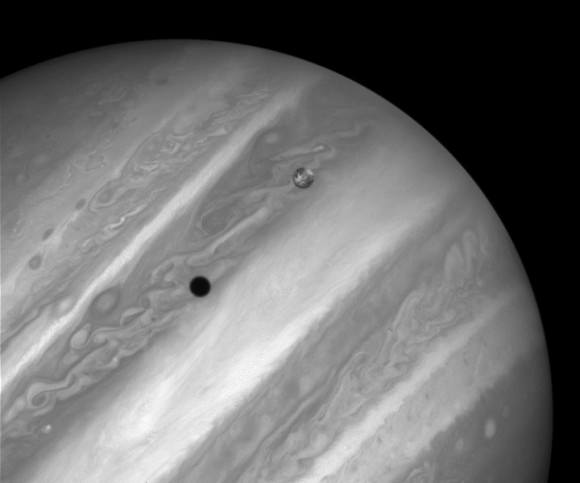
Our Earth-Moon system is unique in the solar system. The Moon is 1/81 the mass of Earth while most moons are only about 3/10,000 the mass of their planet. The size of the Moon is a major contributing factor to complex life on Earth. It is responsible for the high tides that stirred up the primordial soup of the early Earth, it’s the reason our day is 24 hours long, it gives light for the variety of life forms that live and hunt during the night, and it keeps our planet’s axis tilted at the same angle to give us a constant cycle of seasons.
A second moon would change that.
For his two-mooned Earth thought experiment, Comins proposes that our Earth-Moon system formed as it did — he needs the same early conditions that allowed life to form — before capturing a third body. This moon, which I will call Luna, sits halfway between the Earth and the Moon.
Luna’s arrival would wreak havoc on Earth. Its gravity would tug on the planet causing absolutely massive tsunamis, earthquakes, and increased volcanic activity. The ash and chemicals raining down would cause a mass extinction on Earth.
But after a few weeks, things would start to settle.
Luna would adjust to its new position between the Earth and the Moon. The pull from both bodies would cause land tides and volcanic activity on the new moon; it would develop activity akin to Jupiter’s volcanic moon Io. The constant volcanic activity would make Luna smooth and uniform, as well as a beautiful fixture in the night sky.
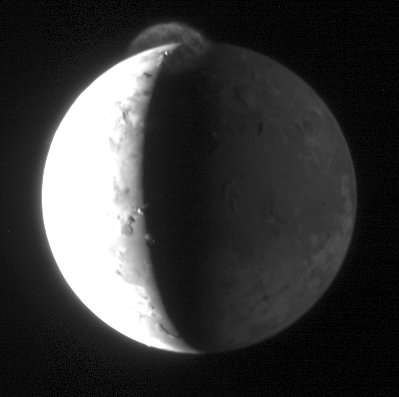
The Earth would also adjust to its two moons, giving life a chance to arise. But life on a two-mooned Earth would be different.
The combined light from the Moon and Luna would make for much brighter nights, and their different orbital periods will mean the Earth would have fewer fully dark nights. This will lead to different kinds of nocturnal beings; nighttime hunters would have an easier time seeing their prey, but the prey would develop better camouflage mechanisms. The need to survive could lead to more cunning and intelligent breeds of nocturnal animals.
Humans would have to adapt to the challenges of this two-mooned Earth. The higher tides created by Luna would make shoreline living almost impossible — the difference between high and low tides would be measured in thousands of feet. Proximity to the water is a necessity for sewage draining and transport of goods, but with higher tides and stronger erosion, humans would have to develop different ways of using the oceans for transfer and travel. The habitable area of Earth, then, would be much smaller.
The measurement of time would also be different. Our months would be irrelevant. Instead, a system of full and partials months would be necessary to account for the movement of two moons.
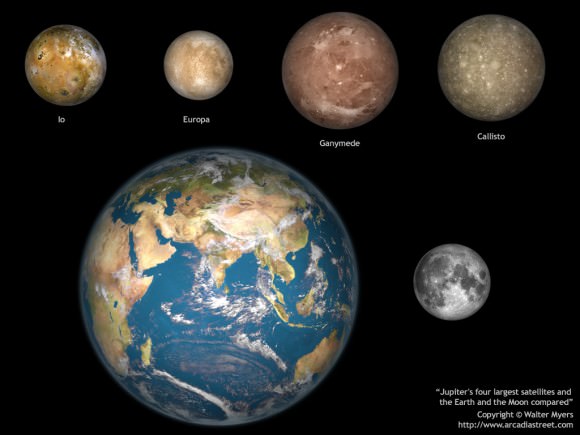
Eventually, the Moon and Luna would collide; like the Moon is now, both moons would be receding from Earth. Their eventual collision would send debris raining through Earth’s atmosphere and lead to another mass extinction. The end result would be one moon orbiting the Earth, and life another era of life would be primed to start.
Source: Neil Comins’ What if the Earth had Two Moons? And Nine Other Thought Provoking Speculations on the Solar System.

